1. Mount Fuji
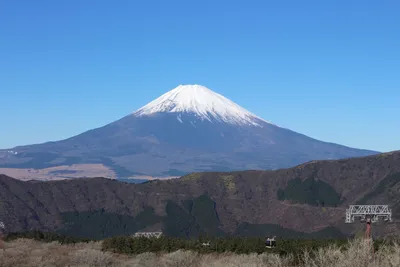
Located in Japan, this iconic volcano is known for its symmetrical cone shape and stunning views. It has erupted numerous times throughout history, with the last eruption occurring in 1707.
2. Kilauea
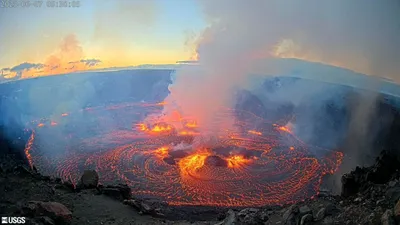
One of the most active volcanoes in the world, Kilauea is located in Hawaii and has been erupting consistently since 1983. The lava flows and volcanic activity make it a popular tourist destination.
3. Santorini
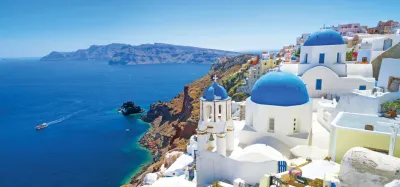
This Greek island is actually the caldera of a massive volcano that erupted thousands of years ago. The stunning blue waters and white buildings make it a popular vacation spot.
4. Mount Erebus
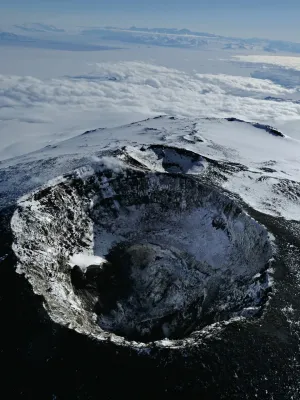
Located in Antarctica, Mount Erebus is the southernmost active volcano in the world. It is known for its unique lava lake that has been continuously active since the early 1970s.
5. Mount Etna
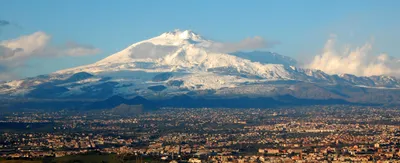
This Italian volcano is one of the most active in Europe, with eruptions dating back thousands of years. It is also one of the highest active volcanoes, standing at over 10,000 feet tall.
6. Mauna Loa
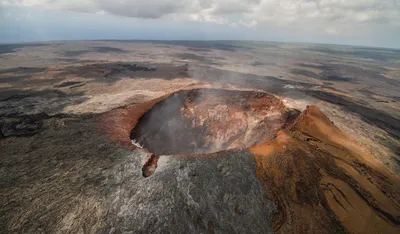
Another Hawaiian volcano, Mauna Loa is one of the largest volcanoes in the world and has erupted over 30 times since its first recorded eruption in 1843.
7. Mount Vesuvius
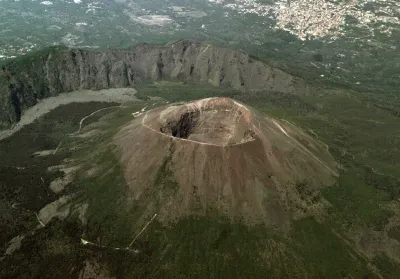
Famous for its devastating eruption in 79 AD that destroyed the ancient Roman city of Pompeii, Mount Vesuvius is still an active volcano today. It is located in southern Italy and is closely monitored for potential eruptions.
8. Yellowstone Caldera
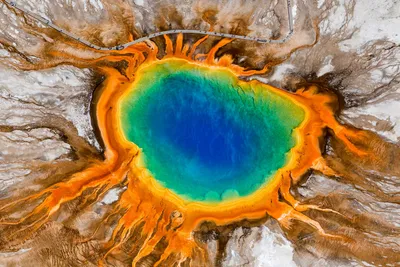
This massive volcano located in the United States is actually a supervolcano, meaning it has the potential to cause catastrophic damage if it were to erupt. It is closely monitored by scientists and has a history of major eruptions.
9. Eyjafjallajökull
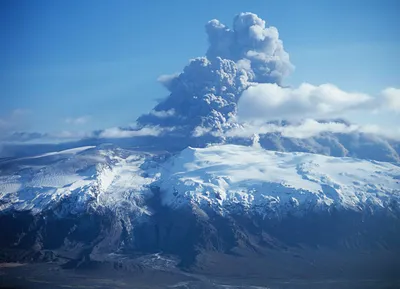
The eruption of this Icelandic volcano in 2010 caused widespread disruption to air travel across Europe. Despite its difficult name, it has become well-known in recent years due to its impact on global travel.
10. Mount Kilimanjaro
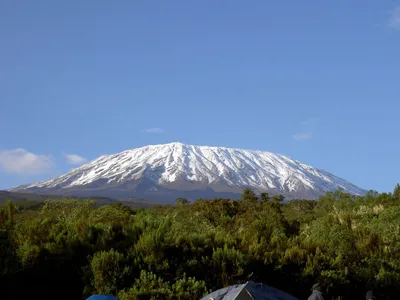
Technically a dormant volcano, Mount Kilimanjaro is the highest peak in Africa and attracts thousands of hikers each year. Its unique location near the equator means it is also home to a variety of ecosystems and wildlife.
